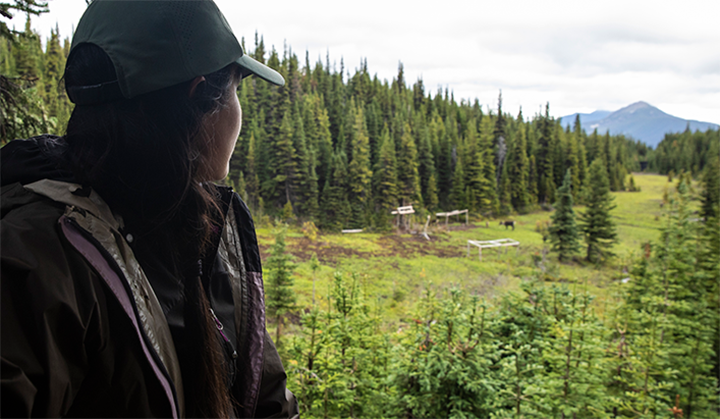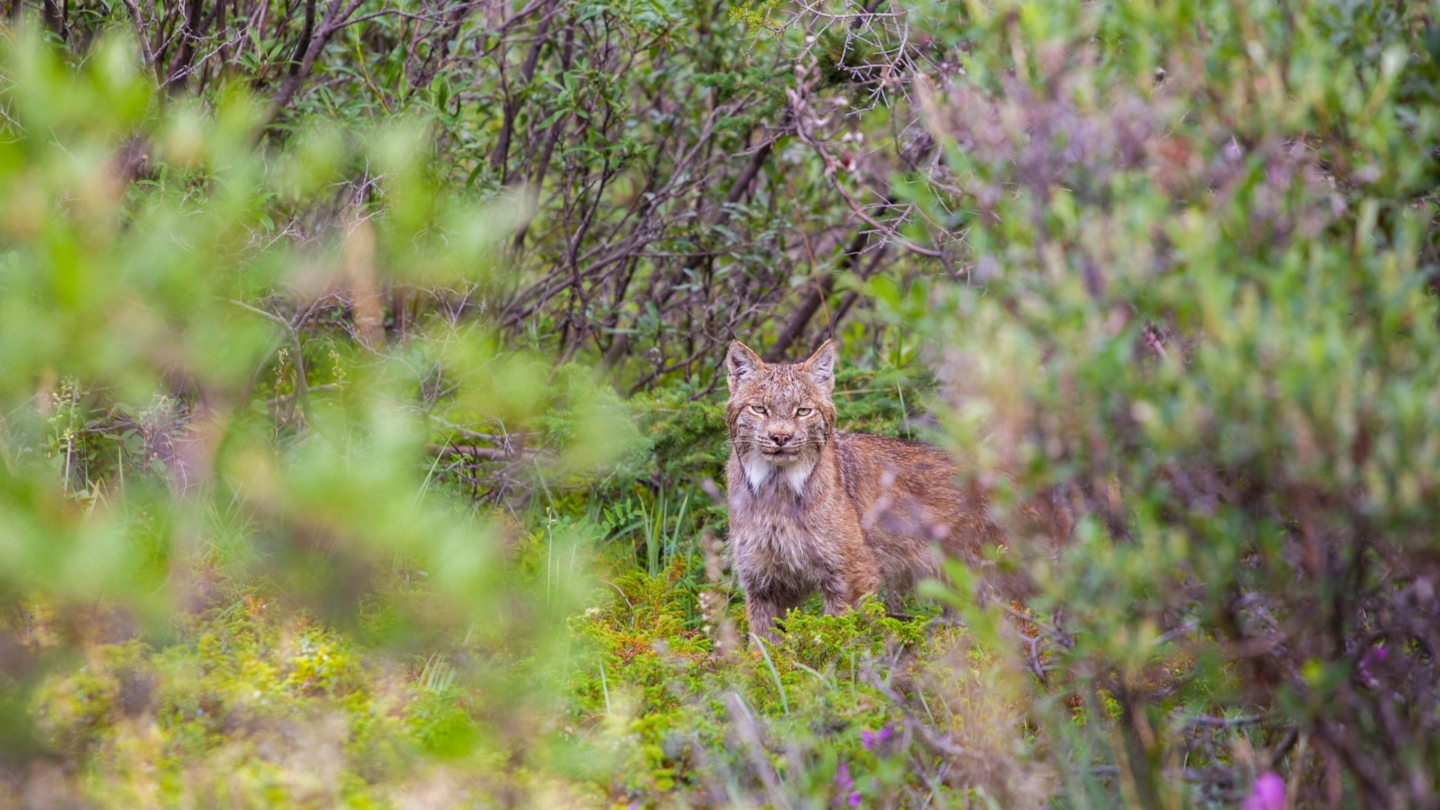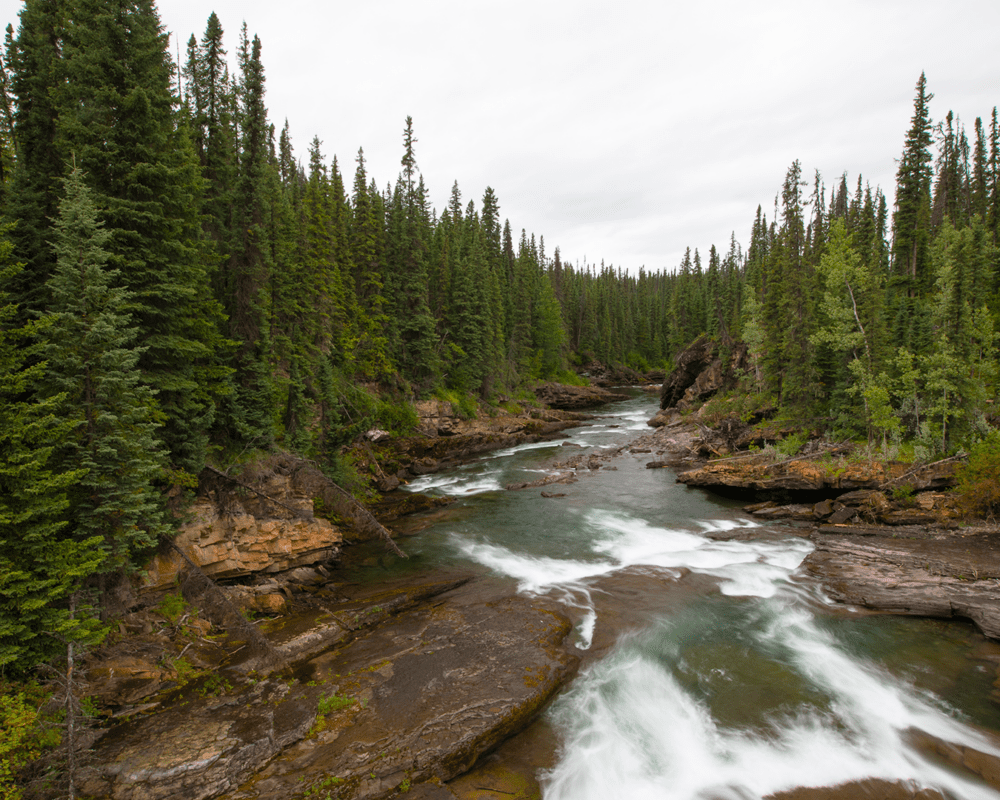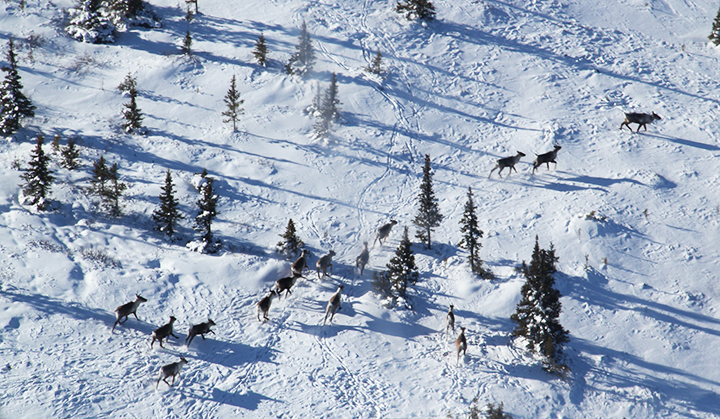Collaborative nature agreement helps enable action to halt the loss of iconic species, protect landscapes in partnership with Indigenous Peoples in British Columbia
Today’s signing of the historic Tripartite Framework Agreement on Nature Conservation between the British Columbia (B.C.) First Nations Leadership Council and the governments of Canada and British Columbia is an impressive and laudable advancement for conservation in the nation, say staff at Yellowstone to Yukon (Y2Y) Conservation Initiative.
“Today’s news unlocks an unprecedented funding commitment for on-the-ground action to halt the loss of iconic species and protect landscapes in partnership with Indigenous Peoples,” says Tim Burkhart, Y2Y’s director of landscape protection. “Congratulations are due for the leadership of the signatories. Communities, conservationists and species like caribou have been waiting for this for a long time.”
“Today’s news unlocks an unprecedented funding commitment for on-the-ground action to halt the loss of iconic species and protect landscapes in partnership with Indigenous Peoples.”
Tim Burkhart, Y2Y director of landscape protection
Crucially, the agreement includes commitments to reconciliation by recognizing the fundamental leadership of Indigenous Peoples in conservation and land stewardship through partnership and as signatories to the agreement. Y2Y congratulates the First Nations Leadership Council for the hard work that went into making this a tripartite agreement.
Through establishing an interim Tripartite Nature Committee, the agreement intends to help align the conservation priorities of Canada, B.C. and First Nations, and provide the means to implement actions to achieve those priorities, including through the establishment and recognition of Indigenous Protected and Conserved Areas.
This is an opportunity for the Government of B.C. to fulfill its Declaration on the Rights of Indigenous Peoples Act commitments to partner with First Nations in land-use planning and conservation.
B.C. has the greatest biodiversity in all of Canada, and the most species at risk of extinction. Given climate change and biodiversity loss, the agreement also creates a pathway for ambitious nature-based solutions, advancing the protection of at least 30 percent of lands within the province by 2030, including old-growth forests and habitat for endangered species such as caribou.

Y2Y applauds the parties to the agreement for including annual reporting and performance indicators to track these objectives, providing crucial accountability and transparency for the public.
“This agreement provides B.C. with the tools to be a global leader in supporting Indigenous-led conservation that help address the twin crises of biodiversity loss and climate change. We are excited to see tangible action by government towards recognizing and establishing the many Indigenous-led protected areas proposed and declared by First Nations in the near term,” says Burkhart.
Y2Y is engaged with Indigenous partners to build strategies and support for Indigenous-led conservation proposals and declarations in northern B.C.
Y2Y has long called for this kind of coordinated approach to conservation and the funding to implement it. With more than one billion dollars in provincial and federal investment tied to this agreement, it is time to realize meaningful action on the ground.
Some key points of the Tripartite Framework Agreement on Nature Conservation include:
- A commitment of up to $500 million in federal funding until 2030 — matched by existing provincial investments, totaling more than one billion dollars dedicated to nature conservation in B.C.
- The Agreement’s goals to be advanced in a manner consistent with the United Nations Declaration on the Rights of Indigenous Peoples
- Increasing designation of B.C.’s land base for conservation to 30 percent by 2030
- Canada and B.C. to collaborate and engage with First Nations where Indigenous protected areas are declared, and where First Nations interests in provincial and/or federal tools for co-designation are raised within or outside of territorial planning processes.
- An actively managed, connected, province-wide network of land, inclusive of rare ecosystems, enduring features, biodiversity, and high cultural and ecological value, aiming to measurably improve the ecological health of landscapes and watersheds in the province
- Recognition that Indigenous Peoples are disproportionately affected by biodiversity loss and climate change, and sustain vital cultural and spiritual relationships with nature and the environment and have derived their livelihoods, way of life, health, and well-being from the care and stewardship of their territories and resources.
Header photo: A lynx peers through thick green vegetation. Credit: Nicolas Dory Photography




